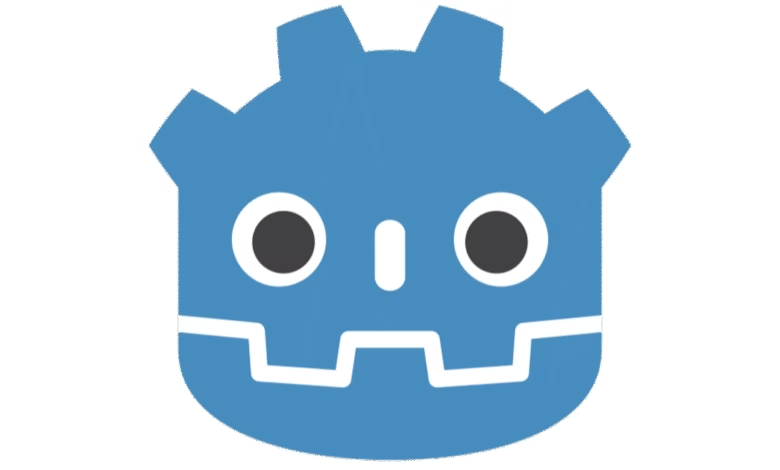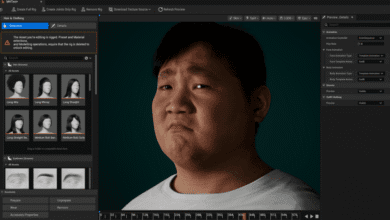Godot’s Progress 2 Years After the Unity Backlash

▼ Summary
– Godot’s popularity surged in 2023 after Unity’s controversial decisions, leading to increased community growth and developer adoption.
– Godot lacks some Unity features but offers simplicity and flexibility, making it suitable for specific game types and allowing customization.
– Godot 4.0 introduced major improvements like enhanced 3D support and Vulkan compatibility, broadening its appeal to developers.
– Developers value Godot’s open-source nature, which ensures control, avoids proprietary risks, and allows community-driven development.
– The Godot Foundation’s non-profit structure prioritizes user needs over profit, fostering long-term trust and stability in the engine.
The open-source game engine Godot has experienced remarkable growth since 2023, fueled by developer dissatisfaction with Unity and its own steady improvements. What began as a niche tool has transformed into a viable alternative for indie studios and professionals alike, thanks to its flexible architecture and community-driven development.
Interest in Godot surged after Unity’s controversial pricing changes, but the engine’s momentum didn’t stop there. According to Emilio Coppola of the Godot Foundation, the community expanded rapidly, with contributions doubling and engagement rising at an unprecedented rate. Developers who once struggled to find peers familiar with Godot now see it gaining traction in game jams and professional projects.
While Godot still lacks some of Unity’s advanced features, many developers argue that its simplicity and adaptability make up for it. Tim FitzRandolph of Walaber Entertainment notes that Godot provides everything needed for his projects, with the added benefit of being open-source, meaning missing features can be customized or built from scratch. The release of Godot 4.0 in 2023 marked a major leap forward, introducing better 3D rendering with Vulkan support and improved console compatibility through partnerships like W4 Games.
Comparisons to Unreal Engine and Unity often highlight Godot’s blank-slate approach. Unlike Unreal, which assumes high-fidelity visuals, Godot requires more hands-on tweaking, something Jay Baylis of Bytten Studio sees as both a challenge and an advantage. While AAA studios may still prefer Unreal for photorealistic projects, Godot’s lightweight structure appeals to developers who want full control over their workflow.
One of Godot’s strongest selling points is its open-source nature, ensuring no single entity can dictate its future. Dan Gerstein of Pistol Shrimp emphasizes the importance of owning development tools, especially after Unity’s missteps. If the Godot Foundation ever made unpopular decisions, developers could simply fork the engine, a safety net proprietary engines can’t offer.
The growing ecosystem around Godot includes more learning resources and an emerging asset marketplace. Coppola highlights the rise of tutorials from creators like Brackeys and the recent beta launch of the Godot Asset Store, which is already seeing high demand. These developments make the engine more accessible to newcomers while strengthening its professional viability.
Looking ahead, developers remain optimistic. Gerstein compares Godot’s trajectory to Blender’s, an open-source tool that became industry-standard. With no corporate pressures dictating its direction, Godot’s future hinges on community needs rather than profit motives. As Coppola puts it, “When all you care about is a line going up, you lose sight of what really matters.” For many developers, Godot represents a sustainable, collaborative future, one where creativity isn’t overshadowed by licensing disputes or shareholder demands.
The road ahead looks promising, with more studios adopting Godot for upcoming projects. Whether it becomes the next industry standard remains to be seen, but its growth proves that open-source solutions have a vital place in game development.
(Source: Games Industry)

